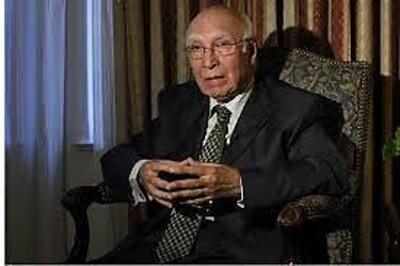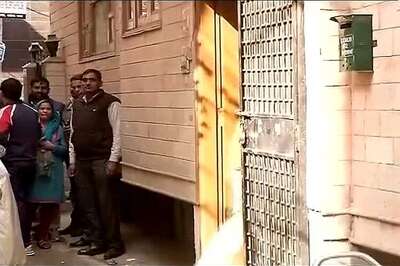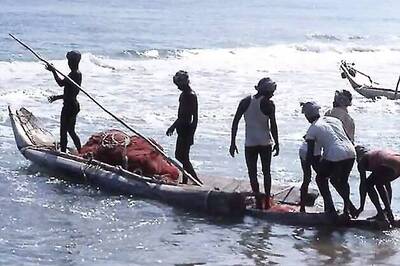
views
New Delhi: Two Delhi students have made history by discovering a new asteroid as part of a unique astronomy project connected to US space agency NASA. The duo will also get an opportunity to name the asteroid.
Vaibhav Sapra and Sharanjeet Singh, Class 12 students of Bal Bharati Public School in Pitampura, discovered a main belt asteroid (2011 QM14) this month as part of the All India Asteroid Search Campaign (AIASC). About 60 schools from across India participated.
NGO Science Popularisation Association of Communicators and Educators (SPACE) along with the International Astronomical Search Collaboration (IASC), an international educational outreach programme, were behind the project involving students.
Both Vaibhav and Sharanjeet were on cloud nine after they received a communication in this regard from IASC director Patrick Miller on August 27.
"I can't tell you how happy I am as I really wanted to discover an asteroid and name it. I had participated in the competition last year also but at that time I was not successful," Sharanjeet, who wants to pursue a career in mechanical engineering, told IANS.
Last year, two Delhi students had discovered a main belt asteroid for the first time during the same programme.
Asteroids are very small planet-like objects that generally go around the Sun in orbits located between Mars and Jupiter. Sometimes these are nudged by gravitational forces out of their orbits and can come into contact with Earth.
The AIASC campaign, in its second year, provides an opportunity for students to collaborate and analyse data for asteroid hunting.
"The participants are provided hands-on training to go through exclusive data files of the sky provided by IASC using astronomical data analysis software. The data files had images of the sky taken in the night with 24-inch and 32-inch telescopes at the Astronomical Research Institute (ARI) Observatory in the US," said Space Group Chief Managing Director Sachin Bahmba.
Explaining about the process, Sharanjeet said, "We were working on this for the last one-and-a-half months. We used to sift the data every day for two-three hours and send our observations to IASC."
"It was a tough task to work on this along with our studies, but both of us were totally into it. We have sent in total 11 observations and have got confirmation for one," he said with a smile.
The programme allows the discoverers to name the asteroid. "We haven't decided about the name as it will take three-four years before we get to name it. The IASC will continue to monitor and track its path," said Vaibhav.




















Comments
0 comment